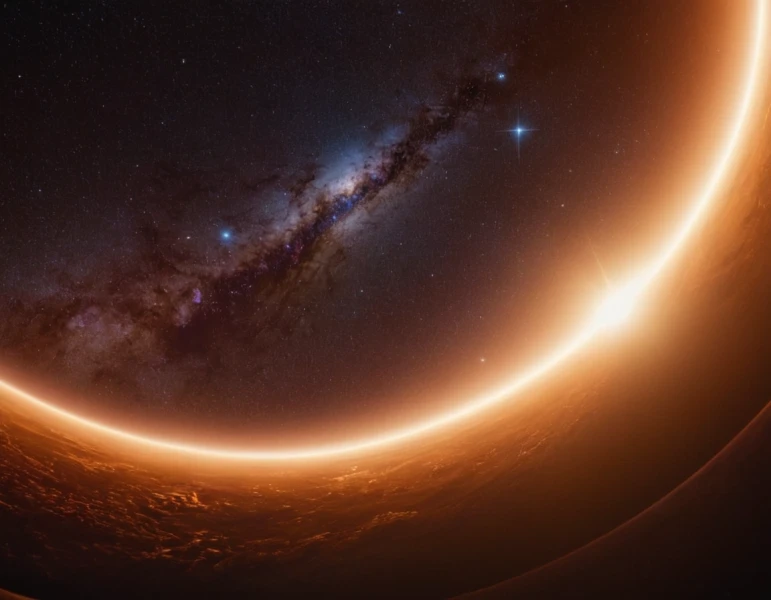Educa UNIVERSITY|SCIENCE AND ENGINEERING
Astrophysics: Exploring the Universe
Related Masters
Astrophysics: Exploring the Universe
Ah, astrophysics... as mysterious and seductive as the cosmos itself. Don't worry, I'm not going to overwhelm you with mathematical formulas (although they are fundamental, I know). We are going to make this journey with curiosity and some irreverence, because knowledge does not have to be boring.
I am Amadeo Perez, and I have been half a lifetime observing the sky. Astrophysics is more than a discipline; it is a way of understanding our existence. So, if you have ever wondered how stars are born, what the hell is a black hole or if we are alone in this vast universe, this article is for you.
What is astrophysics?

Imagine for a second that you are a cosmic detective. Your mission: to decipher the secrets of the universe using tools like physics, chemistry and mathematics. That, in essence, is astrophysics.
While astronomy focuses on observing and recording, astrophysics goes further: it seeks to understand the processes behind those phenomena we see in the sky. From the birth of stars in gas clouds to the ultimate fate of galaxies, every aspect of the cosmos has a story to tell.
Origin of astrophysics: How did we get here?
Before we could measure stellar distances or detect gravitational waves, humanity faced the mystery of the sky with myths and assumptions. But everything changed with brilliant minds like Copernicus, Galileo and Newton. They brought order to the celestial chaos, demonstrating that the same physical laws that govern the Earth apply to the rest of the universe.
Today, astrophysics encompasses fascinating branches such as:
- Star Astrophysics: the study of the birth, evolution and death of stars.
- Cosmology: an exploration of the structure and evolution of the universe as a whole.
- Nuclear Astrophysics: where nuclear processes help us understand how heavy elements form at the heart of stars.
- Space telescopes like the James Webb, which capture infrared images of distant galaxies.
- Spectrometers, which break down light into its colors to reveal what stars are made of.
- Satellites and probes, which allow us to explore planets like Mars or beyond.
- How did the universe begin? Although the Big Bang is the prevailing theory, inflationary theory suggests an even more rapid expansion at the beginning of the cosmos.
- What is dark matter and dark energy Together they make up more than 95% of the universe, but we still don't understand what they really are.
- Are we alone in the universe? This question remains one of the greatest mysteries of all time.
The life cycle of a star: a cosmic drama
It all begins in a nebula, that cloud of gas and dust where gravity kicks in. As the material collapses, stars are born, those giant spheres of plasma that illuminate the darkness. But they don't stay that way forever. Depending on their mass, they may end up as white dwarfs, neutron stars or even black holes. Romantic, isn't it? Well, it's also a bit tragic.
Tools for exploring the cosmos
This is where science fiction meets reality. To study these phenomena, astrophysicists use:
Big questions in astrophysics
Astrophysics not only seeks answers, but generates even bigger questions, such as:
Why should you care about astrophysics?
Beyond being a "cool" field, astrophysics strikes deep chords: it helps us understand our place in the universe. As humans, we are connected to the stars, not just poetically, but chemically. All the elements that make up your body were created in the heart of a star.
Faculties
Trainings
The faculties embrace diverse academic disciplines and fields of study, opening doors to new perspectives and exploring different spheres of wisdom in a constantly evolving world.














